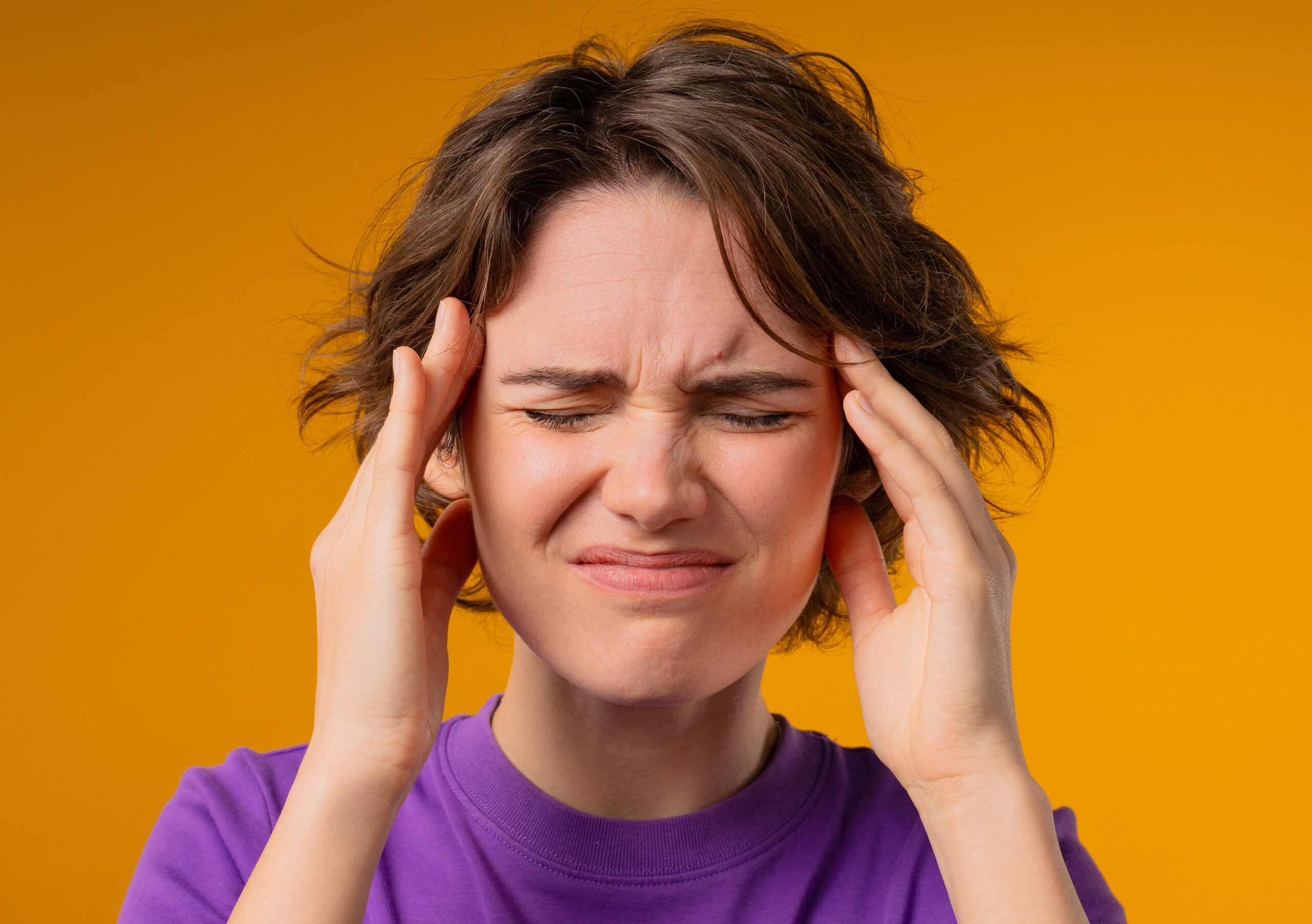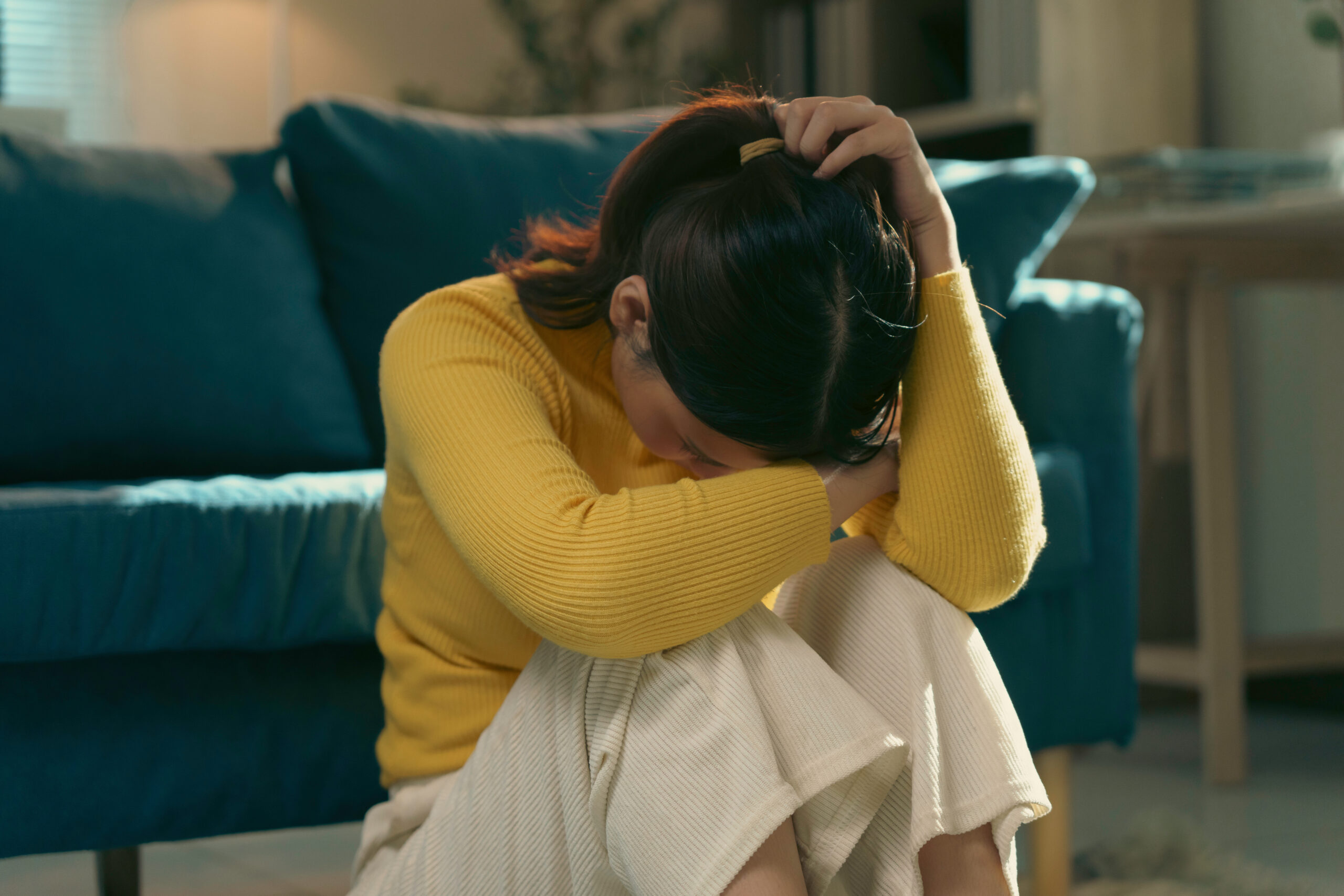Headache Disorders
From migraines and tension headaches to cluster attacks and trigeminal autonomic cephalalgias, Dr FM combines advanced testing and personalised treatments to deliver targeted relief.

Migraine (with or without aura)
Migraines are intense, pulsating headaches often accompanied by nausea, sensitivity to light or sound, and, in some cases, visual or sensory disturbances (auras) that precede the pain. Attacks can last from 4 to 72 hours and may be triggered by stress, hormonal changes or dietary factors. Management combines acute treatments (e.g., triptans, NSAIDs) with preventive strategies such as lifestyle modification, neuromodulation devices or prophylactic medications.

Tension-Type Headaches
Characterized by a constant, band-like pressure around the head, tension-type headaches are the most common form and can be episodic or chronic. Stress, poor posture and muscle tension in the neck and shoulders often contribute to attacks. First-line interventions include ergonomic adjustments, physiotherapy, relaxation techniques and simple analgesics, with cognitive-behavioural approaches for more persistent cases.
Cluster Headaches
Cluster headaches present as excruciating, unilateral pain around the eye or temple, accompanied by autonomic signs like tearing, nasal congestion or eyelid drooping. Attacks occur in clusters—typically daily bouts over weeks—followed by remission periods. Rapid abortive treatments (high-flow oxygen, triptans) and preventive therapies (verapamil, lithium) are essential to reducing attack frequency and severity.


Medication Overuse Headache
Also known as rebound headache, this condition arises from frequent use of acute headache medications (e.g., opioids, triptans, simple analgesics), paradoxically leading to more frequent or chronic daily headaches. Withdrawal of the offending drug under medical supervision, alongside initiation of preventive treatments, is the cornerstone of recovery. Education on proper medication use and the introduction of non-pharmacological therapies help prevent relapse.

Trigeminal Autonomic Cephalalgias (e.g. SUNCT/SUNA)
BOOK YOUR CONSULTATION
Book a consultation with Dr Francesco Manfredonia (Dr FM) for clear diagnosis, compassionate care and a plan built around your life and goals.
